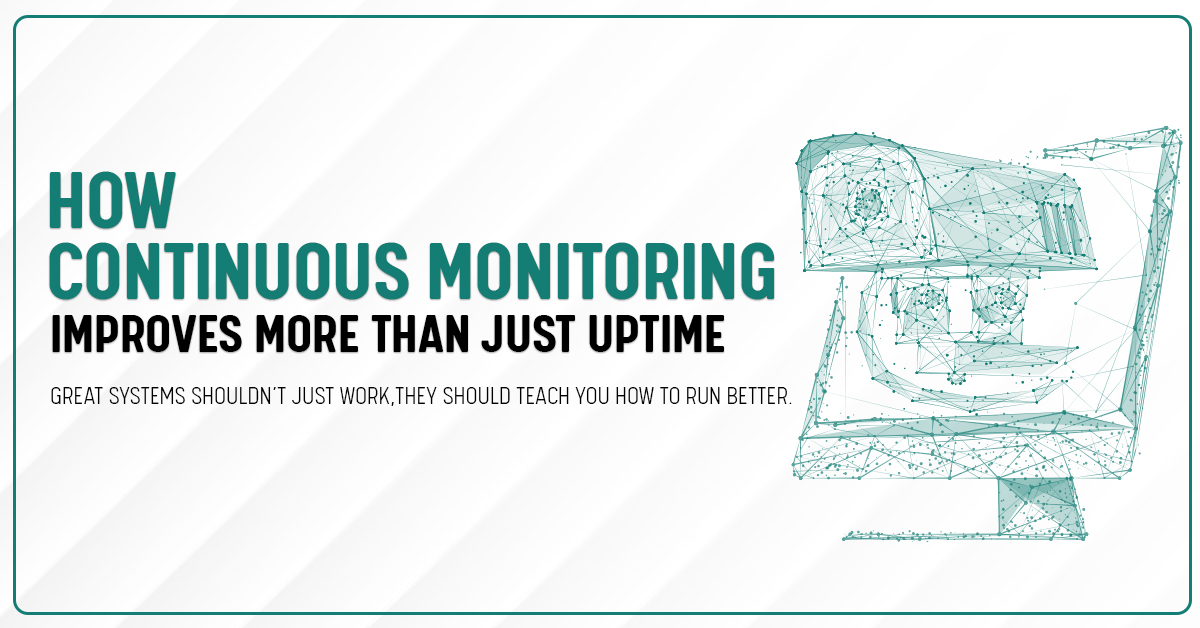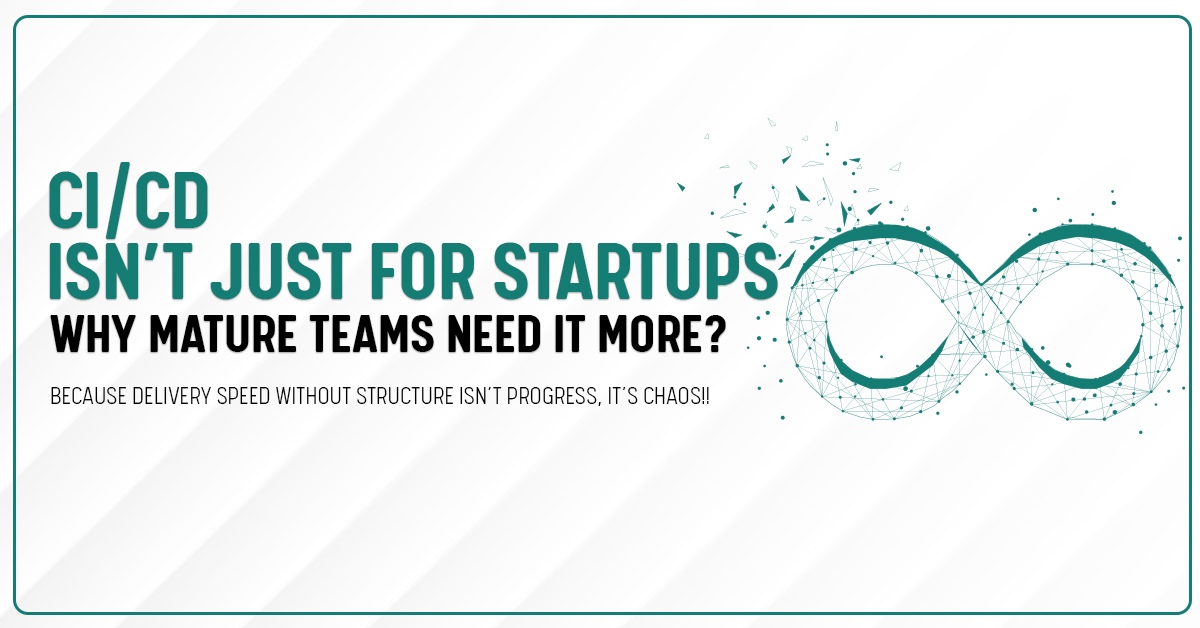You don’t always need a full system overhaul. But sometimes, let’s be honest, you just know something isn’t working like it should.
Maybe your team is constantly patching the same issues. Maybe your cloud bill has doubled with no clear reason. Or maybe performance feels sluggish, but no one can pinpoint why.
These are often signs that your IT infrastructure needs more than a tune-up, it needs a rethink.
Let’s talk about what those signs look like in real life, why they matter, and what to do about them without blowing everything up and starting from scratch.
1. Performance Drops… and Everyone Just Accepts It
You know the feeling: apps taking longer to load, databases responding slowly, backups running into production time. At some point, your team starts accepting it as “normal.”
But here’s the truth: performance degradation is rarely random. It usually comes from technical debt, aging architecture, or systems that weren’t built for your current scale.
When you start designing workarounds for your workarounds, it’s time to reevaluate the structure, not just the surface.
2. You’re Scaling, But Your Stack Isn’t
Growth is a good thing, unless your infrastructure wasn’t built to grow with you.
Are you:
-
Hitting resource limits more often?
-
Manually spinning up new environments every time?
-
Experiencing downtime or instability during peak usage?
These aren’t just growing pains. They’re signs of a non-scalable architecture that might have worked when your team was smaller, but needs new foundations now.
3. You’re Paying More, But Getting Less
We’ve seen this a lot lately. Companies move to the cloud expecting savings, then find themselves with ballooning costs, unpredictable billing, and no clear understanding of what’s driving either.
That’s not just a cost issue, it’s an architecture problem.
Are services over-provisioned?
Is data stored in the wrong tiers?
Are resources running 24/7 when they could be scheduled or scaled?
If the infrastructure doesn’t match the way the business actually operates, inefficiencies pile up fast, and silently.
4. Security Feels Like a Patch Job
Security is foundational. But too often, it’s bolted on after the fact:
-
Firewalls added in isolation
-
Access controls inconsistent across environments
-
Manual logging instead of centralized monitoring
If you’re finding yourself reacting to threats instead of preventing them, your infrastructure isn’t built for today’s threat landscape.
And let’s be clear, compliance frameworks expect built-in security, not retrofits.
5. Your Team Is Spending More Time Fixing Than Building
This one hits hard. Your developers, engineers, or IT team should be shipping features, improving workflows, or optimizing performance.
But if they’re spending most of their time:
-
Investigating downtime
-
Managing environments manually
-
Running hotfixes and emergency patches
…then your infrastructure has become a burden instead of a platform.
Technology should move your business forward, not hold it back.
6. You’ve Outgrown the “One Big App” Approach
Monoliths aren’t inherently bad. But at a certain point, they stop serving your needs.
When every small change requires coordination across five teams and takes a week to deploy, you’re due for a more modular, service-based architecture.
That doesn’t mean jumping straight to microservices overnight. But it does mean identifying logical boundaries, separating concerns, and creating systems that are easier to evolve, piece by piece.
So What Do You Do About It?
Step 1: Audit What You Have
Before tearing anything down, understand what’s in place.
-
Map out your current stack
-
Identify friction points
-
Pull performance and usage metrics
-
Ask the teams: “What’s painful?”
This step alone often reveals 80% of what needs fixing.
Step 2: Prioritize Outcomes, Not Tools
It’s easy to get caught up in new technologies. But the goal isn’t to be “cloud native” or “serverless” just because it’s trendy.
Instead, ask:
-
What business outcomes are we targeting?
-
Where do we need reliability?
-
What should scale automatically?
-
What needs better visibility?
The tech follows the outcome, not the other way around.
Step 3: Redesign Gradually, Not All at Once
A full redesign doesn’t mean a full rebuild. In fact, the best transformations are incremental.
Start with the areas that cause the most friction, maybe that’s CI/CD pipelines, database bottlenecks, or manual infrastructure provisioning.
Modernize where it matters. Automate where you can.
And create a roadmap that evolves with your business, not ahead of it.
The Bottom Line: Infrastructure Should Feel Invisible
When it’s working well, infrastructure isn’t something your team thinks about every day. It just works. It supports growth. It enables innovation. And it doesn’t become the bottleneck.
If you’ve been experiencing any of the signs we’ve talked about, it might be time to rethink, not rebuild, how your infrastructure is serving you.
We’ve helped businesses redesign without disruption. And we’d love to help you do the same.




